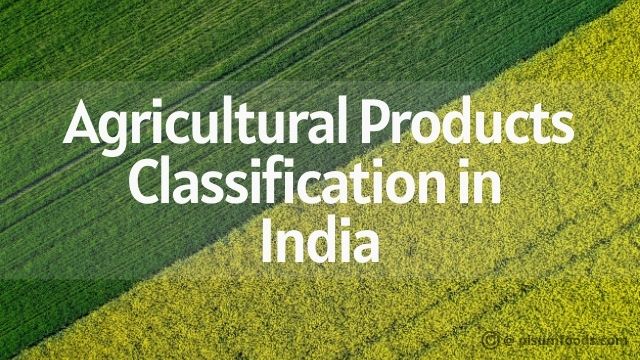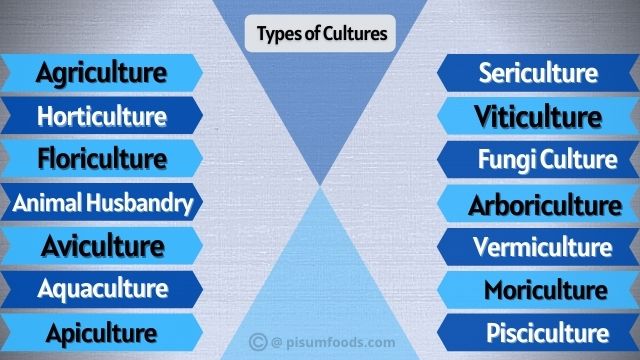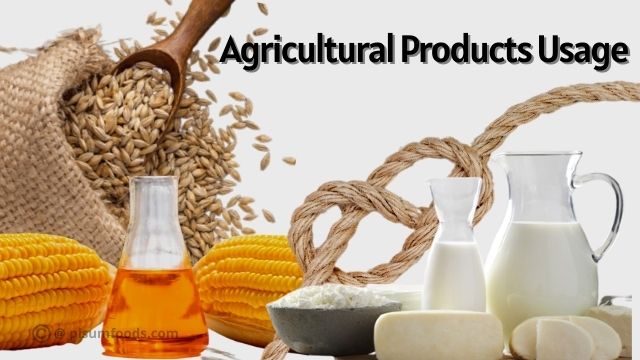 Translate
Translate Translate
TranslateThe word “agriculture” comes from the Latin words “Agri” means field, and “culture” means cultivation (or) a way of life. “Agriculture is all about producing food, feed, fiber, and many other byproducts by the process of cultivating certain plants and domesticating animals.” The process of practicing agriculture is known as “farming.”

Now, let’s come to Indian agriculture. The total arable (cultivated) land area is 159.7 million hectares that stand second after the United States. In gross irrigated crop area, India is leading with an area of nearly 82 million hectares. In agricultural production, India ranks 2nd in the world and 8th in Agricultural exports.
We know that India has a population of 1.27 billion and is the second most populated country. But, the Amazing fact is that nearly 70% of the rural farmers depend primarily on agriculture and its allied sectors for their incomes, out of which 82% come under small and marginal farmers.
From this, it’s well-known that India is an agriculture-based country and how much importance should be given to this sector. With over 263 million farmers and farm laborers, agriculture is one of the biggest private enterprises which have contributed to nearly 17.5% in the total GDP of India; therefore, agriculture is called the backbone of India!
Agriculture products are the products that come from plants and animals which are cultivated and domesticated for food, clothes, etc. and sometimes industries too require certain products for its production purpose.
From the above-given agriculture definition, we can conclude that this process mainly revolves around agricultural products such as,
What product to produce?
How much to produce?
Which product has more value in the current market?
Which product is suitable for our geographical condition and climate?
To understand better about these agricultural products, one should know how they are classified based on various factors.
Agricultural products are primarily classified into various cultures based on the commodity (or) product produced and further classified based on various factors such as season, perishability, and uses.

Agriculture is mainly farming. According to this classification, all crops which come under the following categories belong to Agriculture.
Cereals
Pulses
Nuts
Sugar and starch
Fiber crops
Beverages
Narcotics
Spices and condiments
Rubber forages
Green and green leaf manure
The word “Hortus” means garden, and horticulture is mainly based on gardening. This second broader classification consists of garden crops which generally comprise.
Fruits
Vegetables
Ornamental plants
The word “flos” means flower, and floriculture is mainly based on the growing and marketing of flowering and ornamental crops as well as flower arrangements.
It is a branch of agriculture which deals with breeding and care of farm animals such as cattle, sheep, pig, and horse for human benefits such as meat, milk, etc.
The word “Avis” means birds. It is the process of keeping and breeding. wild birds in captivity. It’s not only raising birds for commercial purposes but also for preserving the avian habitat.
Aquaculture means breeding and rearing of fish and aquatic plants and cultivation of freshwater and saltwater population under a controlled environment.
The meaning of “Apis” is bees; apiculture refers to the care and management of honeybees for the production of honey and beeswax.
The word “Sericum” means silk. the process of cultivation of silkworm to produce silk.
The meaning of “Vitis” is the grapevine, and it is the process of cultivation and harvesting grapes.
Fungi Culture involves producing medicine, food, and other products by the cultivation of mushrooms and other fungi.
The word “arbor” means trees. The process of cultivating shrubs, trees, and woody plants for decoration and shade is known as arboriculture.
The meaning of “Vermis” is worms; the process of cultivating earthworms to decompose organic food wastes into fertile and nutrient-rich soil is called vermiculture.
The cultivation of mulberry plants and harvesting its leaves for providing feed for silkworms is known as moriculture.
The artificial means of rearing, breeding, and transplanting of various varieties of fish are known as pisciculture.

The season of plant growth is a part of the year in which local weather conditions permit plant growth. Each plant has a specific growing season, depending on its genetic adaptation. The season is the important factor we should consider in the cultivation of crops. Agricultural products can be classified, based on three seasons.
Rabi Crops are sowed from October to December and harvested from March to May. Some of the major Rabi crops are wheat, barley, mustard, peas, etc.
Here sowing is done with the onset of monsoon from April to July and harvested from September to December. The major crops are rice, maize, sugarcane, etc.
The crops that are grown between rabi and Kharif are known as Zaid crops. The major crops are watermelon, cucumber, and fodder crops.
Agricultural products have two types based on the ability to convert into cash.
Cereals, millets, oilseeds come under food crops
Cotton, sugarcane, tobacco, etc.
These products have fewer shelf lives, and generally, all vegetables and fruits come under this category.
The products that can serve for many years, mostly cereals, grains, and pulses come under this category and they can be preserved for years.

Agricultural products that can be used or prepared to meet dietary requirements come under this type. The products include grains, proteins, dairy, fruit, vegetables, and oil.
Some agricultural products are also classified as fuels, as they are mostly obtained from plants and farm products. Some examples are hog fuel, ethanol from corn, biomass, and sugarcane biomass fuel.
Many plants consist of fibers; these fibers are extracted from plants and used in the manufacture of different agricultural products such as paper, clothes, and ropes.
Agricultural products that are used as input in industries to produce other farm products come under this category. For example, composite manure from livestock and plants used to produce food and dairy products, respectively.
These are all the different classifications of agricultural products and, one should be familiar with this before beginning any practice such as farming, marketing, export, and investments. These classifications give farmers prior knowledge about what are the agricultural products they can produce in their location? In which particular season the yield is more? And the purpose of production, for him to get the maximum income and lower his cost budget.
This information is helpful for the person who is looking for marketing and exporting agricultural products. Here, you can get an idea about the different categories of the Agricultural products, what all comes under perishable goods and how to handle them, the demand for various Categories of goods at multiple locations, whether to go for cash crop or food crop, to increase the company’s profit and shares.
We at Pisum Food Services have studied the internal as well as external markets very well and feel proud to offer various types of food exports and spices export from India. Being among the leading agro product exporters in India, we ensure our services conform to international quality standards.